With Prince of Persia: The Lost Crown and Tekken 8 releasing this January, it’s feeling a lot like peak 2000s gaming. I am, however, reminded of everything we lost when the former series’ 3D adventures got buried after Prince of Persia (2008) wasn’t quite the hit Ubisoft was hoping for.
Heavily influenced by the One Thousand and One Nights and the famous 3D adventure and platformer games of the late PS1/N64 era, the Sands of Time Trilogy represented as big of a change for the franchise in the early 2000s as The Lost Crown this year (which adopts the beloved Metroidvania formula). The development of the first game, Prince of Persia: The Sands of Time (2003), started off uncertain, with Ubisoft toying around with a bunch of concepts after acquiring the IP and eventually convincing original PoP creator Jordan Mechner to take over the project.
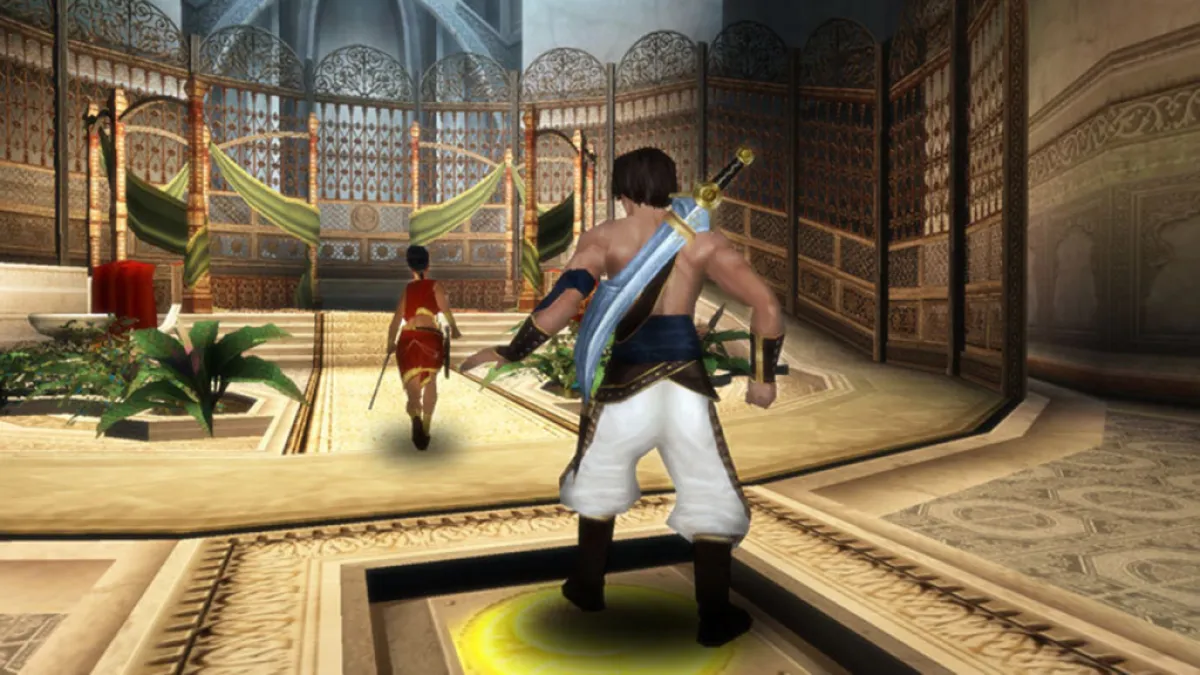
As popular and influential as the original games were, Prince of Persia had to be wildly redesigned for a new generation of players. Pressure and expectations were also high following the poor performance of Prince of Persia 3D, which bolstered a braver take on the material and a reinvention of what the series could bring to the increasingly busy table of action-adventure platformers.
Fast-forward to late 2003 and The Sands of Time quickly garnered tons of praise and became one of the sixth generation’s first must-plays. Any kid or teenager with access to either gaming magazines or a TV knew it was The Game to watch out for that year. Obviously, the time-rewind and slow-motion mechanics were atop the game’s many impressive gimmicks and feats, yet the overall design of its lush (but decaying) levels and how movie-like it was — in a way that only sixth-gen video games could do — stuck out to me even more.
In many ways, we could argue that Ubisoft Montreal has never put out again a video game as ambitious and brave as The Sands of Time, and that’s high praise when you consider the median level of the veteran studio’s mighty output. We could maybe point out the first Assassin’s Creed also kickstarted a huge revolution in the action-adventure space, one that we’re still feeling more than 15 years later.

2008 was a busy year for Ubisoft Montreal, a year that also gave us a ‘failed’ reboot (financially speaking) that had plenty of soul and a strong art style. Not giving this new iteration of Prince of Persia another chance always felt like a missed opportunity, but the sands had already started to shift following the release of Assassin’s Creed. The series that was originally created as PoP’s heir-apparent quickly replaced it and ushered in a new age of action-adventure game design, at least in the AAA space.
Looking back at everything the Assassin’s Creed series has achieved for Ubisoft, the publisher made the right call from a business point of view. We did, however, lose something big when the Sands of Time Trilogy ended. While I also have a soft spot for the edgy sequel Warrior Within and the epic capper The Two Thrones, I feel like The Sands of Time hit a very specific note, existing in perfect balance between the best platformers of the fifth gen and the burst of big-budget action-adventure games that’d try (and often succeed) to follow in Ubisoft Montreal’s footsteps.
From the Prince narrating the story to an unseen listener to the classical love story with big Indiana Jones vibes at the center of it all, The Sands of Time’s elegance and fitting simplicity (that of an ancient tale) still feels unmatched within the Western AAA space. There are roughly three characters pushing the story forward, the main objective is quite simple, and the combat system is barely engrossing. And yet, it all feels perfectly right for an exotic adventure that became a legend thanks to the exquisite platforming, intricate (and beautifully blended together) levels, and an enchanting musical score.

Even though The Sands of Time wasn’t a two-player game, I and one of my best friends often found ourselves replaying the game together on his PS2, trying to find new secrets we could’ve missed in past playthroughs. The Internet and online game guides were already a widespread tool, sure, but we preferred not to ruin the hidden mysteries and unending wonder of the Maharaja’s cursed palace.
I think that lasting impression it made on us wasn’t just about the top vibes or the game design, but also about the visual scope of how the entire thing was presented. It needn’t imitate cinema or TV to feel ‘cinematic’ and lifelike. The camera often pulls back to show off how big the palace and other locales are, or to maybe help the player better navigate complex rooms or make difficult jumps. Back in the day, it really was unlike anything we’d ever seen before. Even today, it manages to impress when visiting the HD remaster, as the cartoon-ish art style allowed it to age gracefully.
Ultimately, The Sands of Time feels like a miracle; a game that happened exactly (and only) when it could happen. The experimentation of the early sixth-gen years, where the untapped power of new hardware and a boom in video games consumption met (upping the budgets for many projects), was the perfect context for something as daring and big as Ubisoft Montreal’s 2003 masterpiece, and I fully believe action-adventure games lost ‘something’ important when Prince of Persia exited the main stage and was relegated to smaller projects. Here’s hoping for a huge comeback (with lessons to be learned) following The Lost Crown‘s glowing reviews and the rework the seemingly jinxed Sands of Time remake is going through.

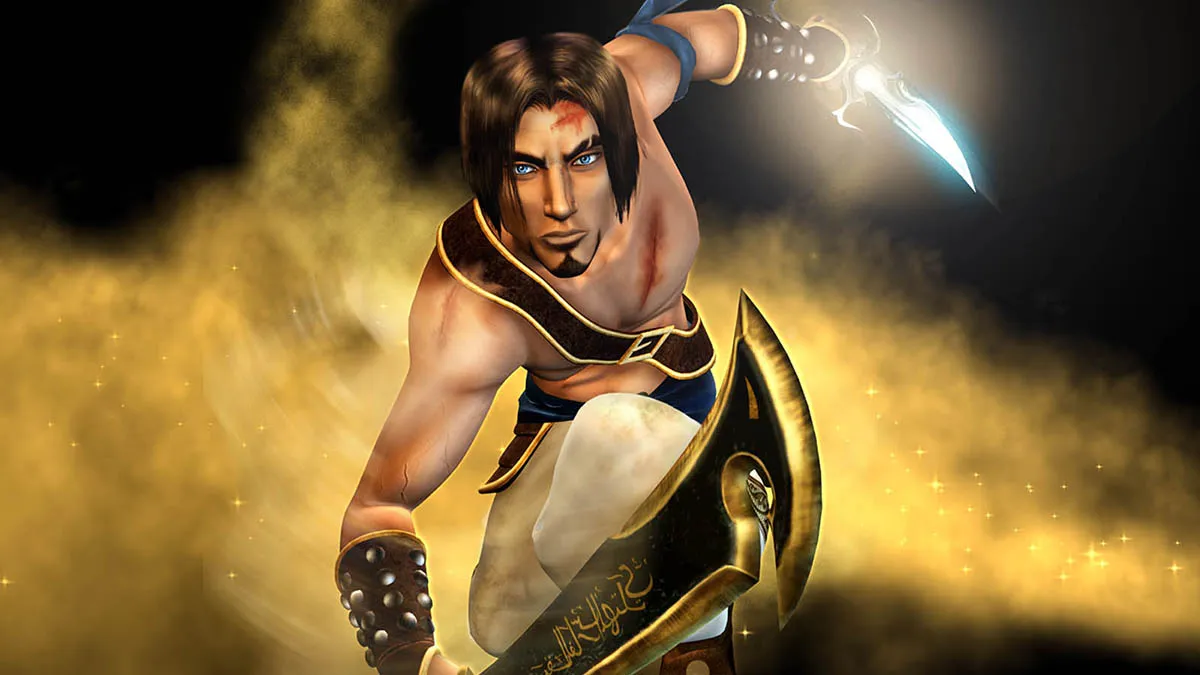
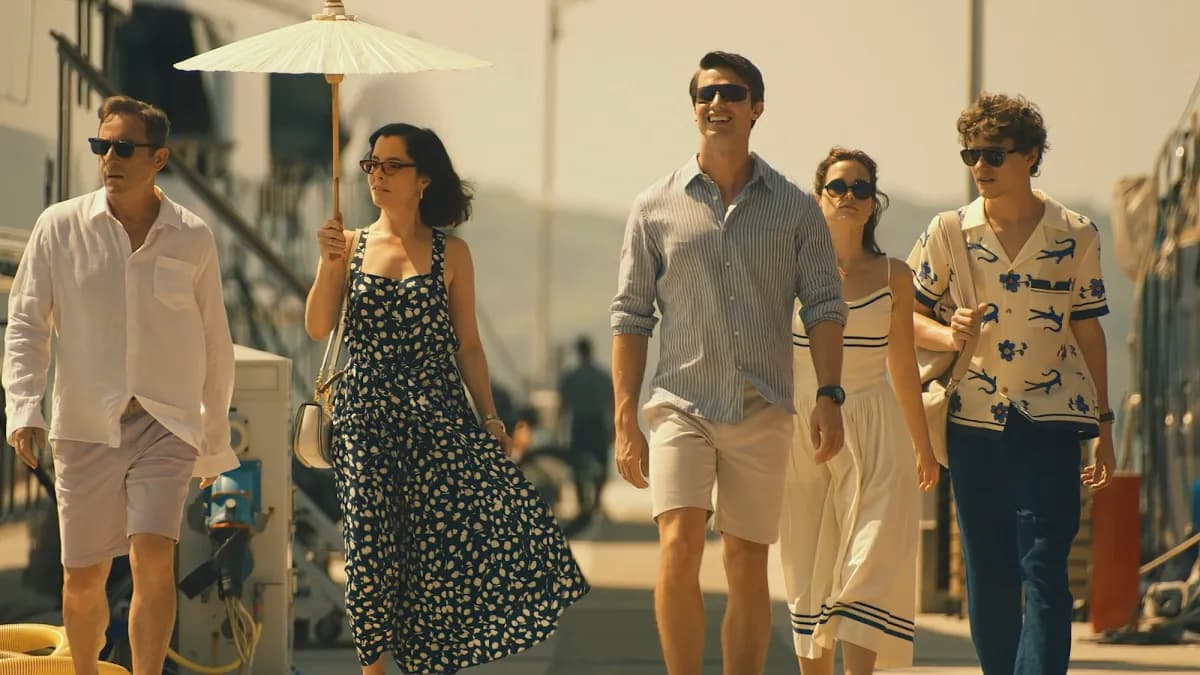
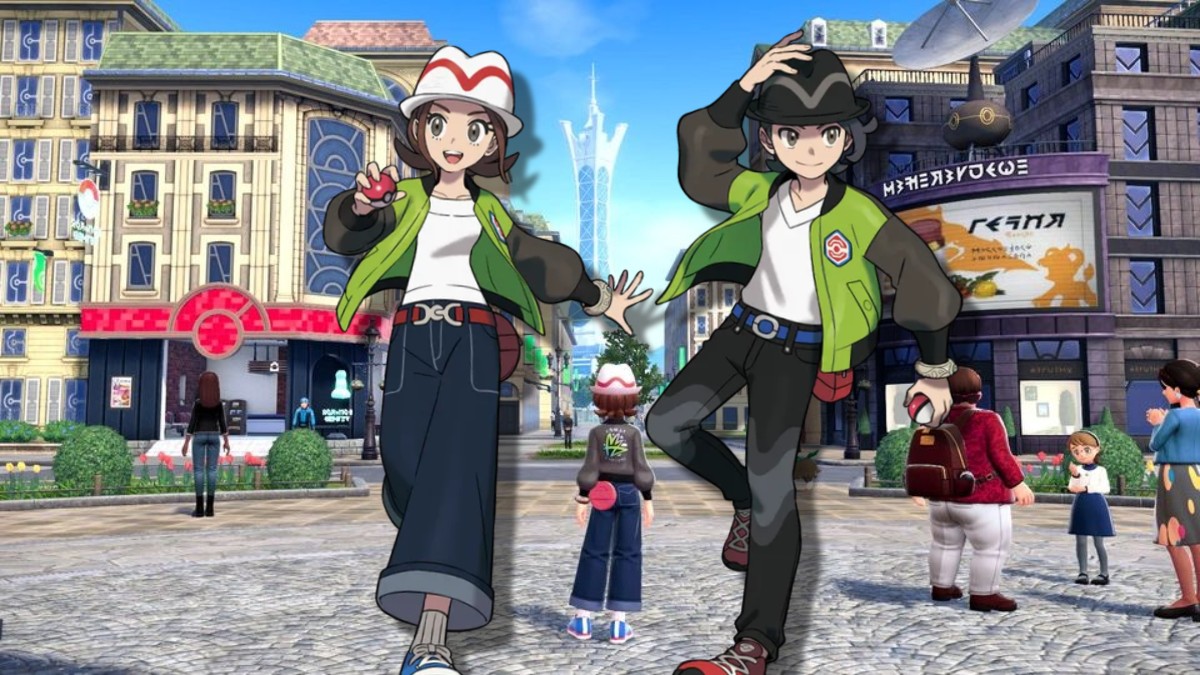

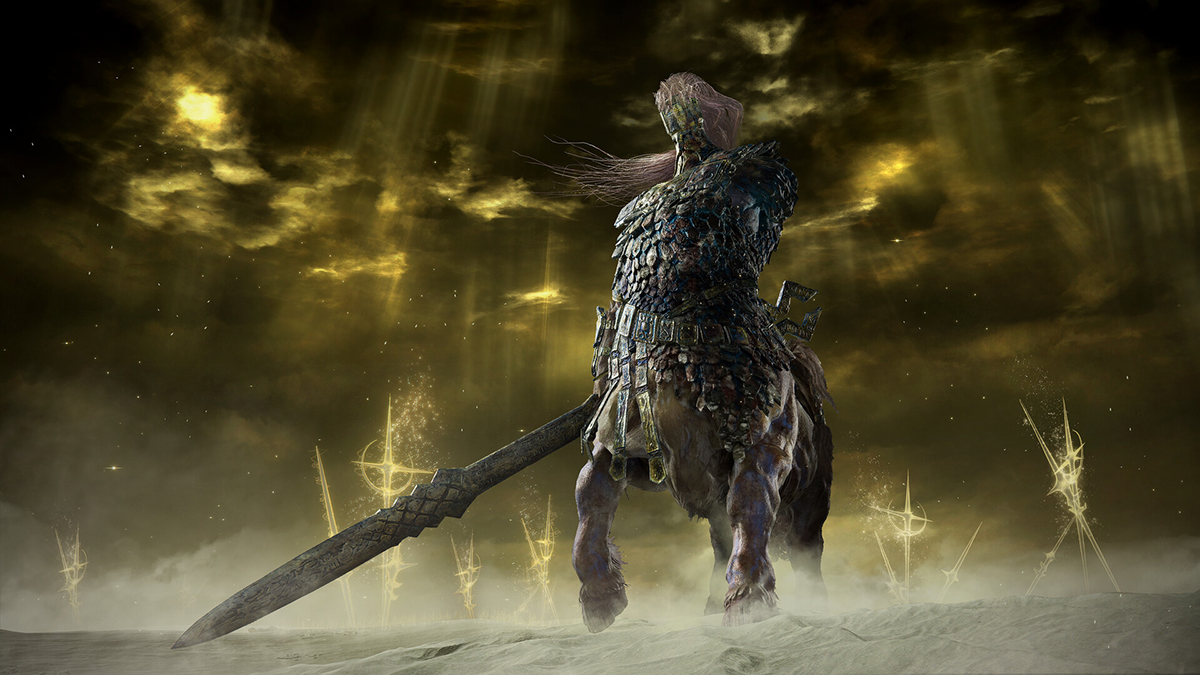








Published: Jan 16, 2024 7:29 PM UTC